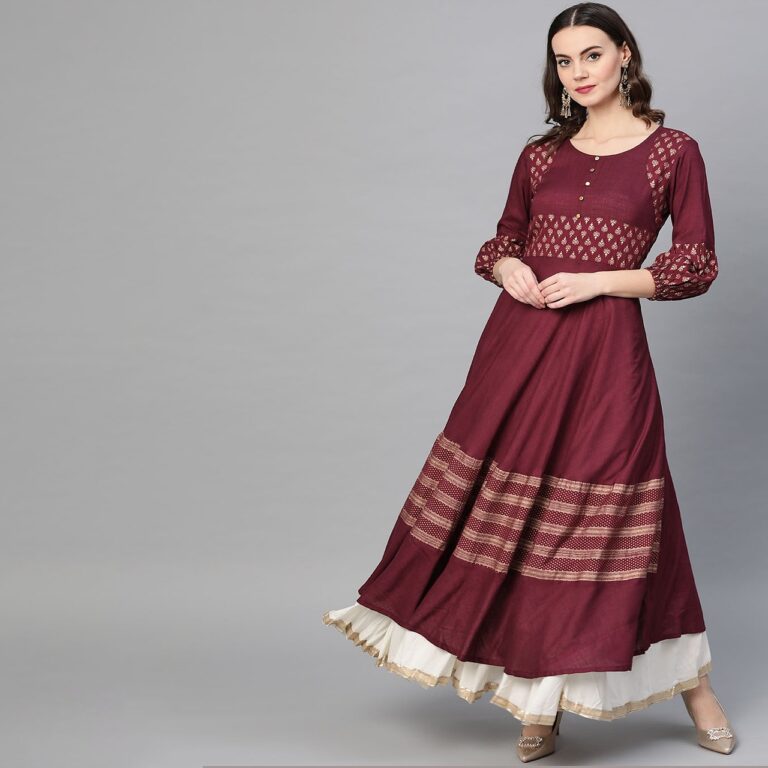Fashion and Sustainability: Exploring Biodegradable Fabrics and Zero-Waste Design
Biodegradable fabrics play a crucial role in reducing the environmental impact of the fashion industry. These materials are designed to break down naturally, minimizing the amount of waste that ends up in landfills. By choosing biodegradable fabrics, fashion designers can help decrease the carbon footprint associated with clothing production.
In addition, the use of biodegradable fabrics can also contribute to the reduction of harmful chemicals and pollutants released during the manufacturing process. Traditional synthetic fabrics often contain toxins that can seep into the soil and waterways, posing a threat to ecosystems and human health. The shift towards biodegradable fabrics represents a positive step towards creating a more sustainable and eco-friendly fashion industry.
Benefits of Using Sustainable Materials in Fashion
Sustainable materials in fashion play a vital role in reducing the environmental impact of the industry. By using materials that are ecologically conscious, fashion brands can lower their carbon footprint and contribute to a more sustainable future. These materials are often sourced through ethical means, promoting fair labor practices and supporting local communities.
In addition to their environmental benefits, sustainable materials also offer high-quality and durable alternatives for fashion products. Fabrics like organic cotton, hemp, and bamboo are known for their longevity, ensuring that the clothing made from these materials lasts longer and reduces the need for frequent replacements. This not only saves resources but also provides consumers with items that are both trendy and environmentally friendly.
Innovative Design Techniques for Zero-Waste Fashion
Zero-waste fashion is a design approach that aims to minimize textile waste throughout the production process. Designers employ innovative techniques such as pattern cutting to ensure that every piece of fabric is utilized efficiently. By strategically placing pattern pieces on the fabric and exploring creative draping methods, designers can maximize the use of materials and reduce the amount of waste generated.
Another effective design technique for zero-waste fashion is the utilization of modular patterns. Modular patterns allow designers to create garments from geometric shapes that can be combined and rearranged in various ways to achieve different styles. This approach not only reduces waste but also empowers consumers to customize their clothing, promoting a more sustainable and personalized fashion experience.
• Zero-waste fashion minimizes textile waste throughout the production process
• Innovative techniques such as pattern cutting are used to utilize fabric efficiently
• Creative draping methods help maximize material use and reduce waste
• Modular patterns allow for garments to be created from geometric shapes
• Consumers can customize their clothing with modular patterns, promoting sustainability and personalization in fashion.
What are biodegradable fabrics and why are they important in zero-waste fashion?
Biodegradable fabrics are materials that can naturally decompose when disposed of, reducing the environmental impact of fashion waste. They are important in zero-waste fashion because they can break down without harming the environment.
What are some examples of sustainable materials that can be used in fashion?
Some examples of sustainable materials that can be used in fashion include organic cotton, hemp, bamboo, recycled polyester, and Tencel.
How can innovative design techniques help in creating zero-waste fashion?
Innovative design techniques such as pattern cutting, modular design, and upcycling can help in creating zero-waste fashion by reducing fabric waste, utilizing scraps, and designing garments that can be easily disassembled and recycled.
What are the benefits of using sustainable materials in fashion?
Using sustainable materials in fashion can help reduce the environmental impact of the industry, promote ethical practices, and create a more circular economy. Additionally, sustainable materials are often of higher quality and can be more durable than traditional materials.





